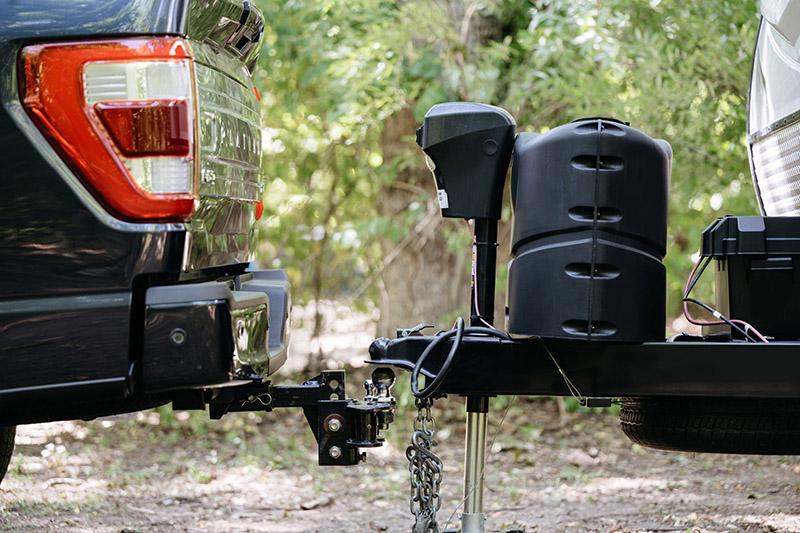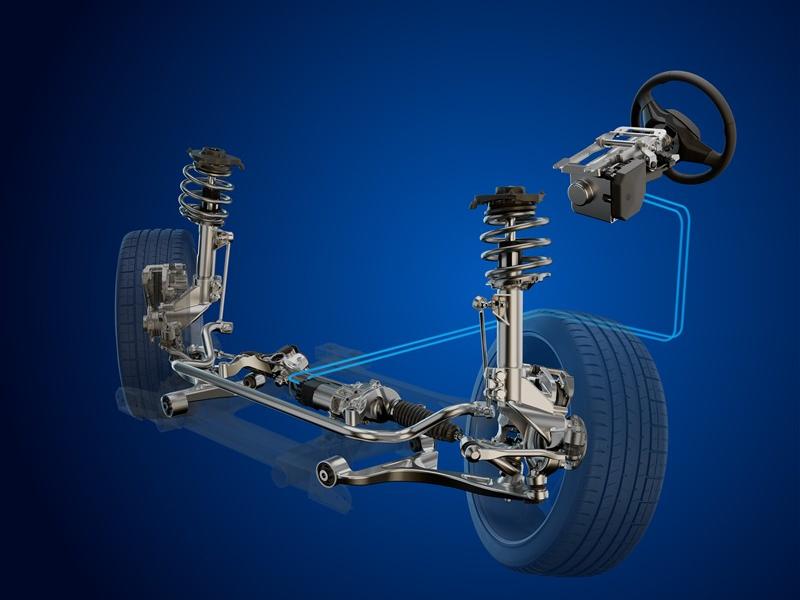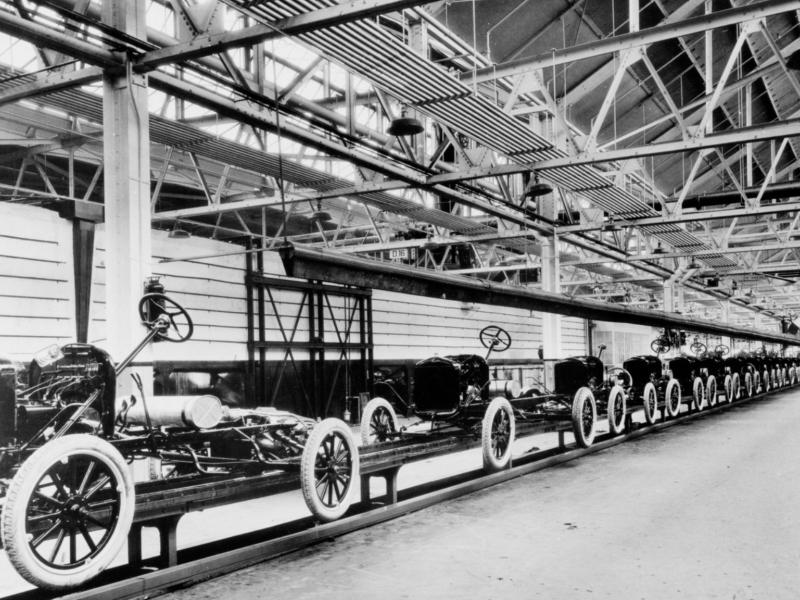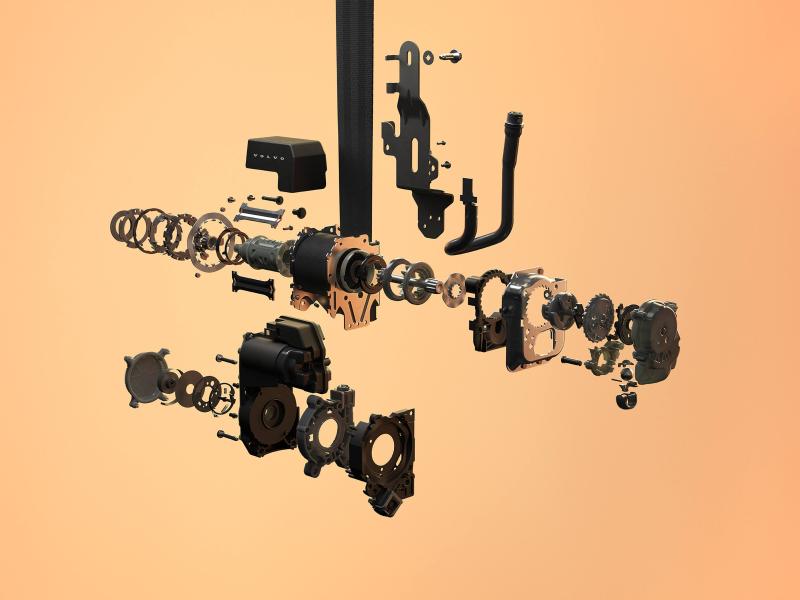Stop the yelling and end the frustration! Ford is introducing industry-first technology that leverages artificial intelligence to help make hitching a truck and trailer as easy as pushing a button.
Pairing a truck and trailer can be tricky and often embarrassing if others are watching and waiting. Whether alone or with a spotter, lining up to hitch a trailer can be a tension-filled ordeal, trying to perfectly position the truck’s hitch ball under the trailer hitch coupler, so the truck and trailer can be physically joined.
Pro Trailer Hitch Assist helps take the frustration out of hitching up. It works by using the rear camera and corner radars to align the hitch with the trailer coupler while simultaneously controlling the truck’s speed, steering, and braking to stop at just the right place. Pro Trailer Hitch Assist is now available for F-150, F-150 Lightning and the all-new F-Series Super Duty.
To operate Pro Trailer Hitch Assist, the customer pushes and holds a button while monitoring progress visible on the truck’s large centre screen display.
Pro Trailer Hitch Assist uses advanced machine learning technology to detect the hitch ball, trailer, and coupler at distances of up to approximately 20 feet.
As the truck backs up to the trailer, the system figures out the best path to follow.
Computer vision is used to precisely detect both the hitch ball and trailer.
After the driver verifies the coupler is positioned higher than the hitch ball, the truck’s control algorithms steer the truck, lining it up so the hitch ball can be positioned directly under the trailer’s coupler.
The result is less time required to back up to a trailer with improved confidence. It even helps towing experts by reducing time lost to manoeuvring mistakes.
Ford collected a large volume of data to develop Pro Trailer Hitch Assist’s machine learning algorithms to detect a broad variety of trailers of varied sizes and types on different terrain and in various weather conditions.
The system’s ultrasonic reverse parking aid system alerts the driver in case an obstacle is detected during the manoeuvre.
And future trailer image data can be used to make the system better over time through Ford Power-Up software updates.
The Pro-Trailer Hitch Assist technology was developed in-house, by Ford’s Advanced Driver Assistance Systems team. Over development, Ford received 60 patents.
Trailer towing technology leadership
Pro Trailer Hitch Assist joins a suite of driver-assist technologies already available for F-Series. Among these features is Pro Trailer Backup Assist, which makes backing up a trailer as easy as turning a knob to indicate which direction the trailer should go while reversing into position.
F-150 customers can also gauge how much they are hauling with available Onboard Scales that measure and display the approximate weight of the payload in the truck. Load information is displayed in the centre touch screen with a graphic representation of the truck, or in graphics within the smart taillamps on select models.
Smart taillamps operate like the battery charge indicator on a mobile phone, displaying the percentage of payload capacity by illuminating LEDs arranged in a built-in vertical bar. As the truck is loaded, all four lights illuminate, showing it is fully loaded. If the truck is overloaded, the top lights blink. The maximum payload based on the pickup’s configuration is programmed into the system. Additionally, the truck can be set on scale mode, which zeroes out the current load and allows for approximate weighing of additional items loaded into the bed.
Class-exclusive Smart Hitch is designed to help customers easily load trailers and better practice safe towing. Smart Hitch measures the tongue weight of a trailer being connected, to help the customer distribute trailer weight correctly.
After the trailer is set up in the centre touch screen, Smart Hitch calculates its tongue weight and provides guidance on weight distribution or hitch overloading on the screen or within the smart taillamps. The truck also will indicate if the hitch weight is too high or low and can even guide owners through properly tensioning a weight redistributing hitch.






